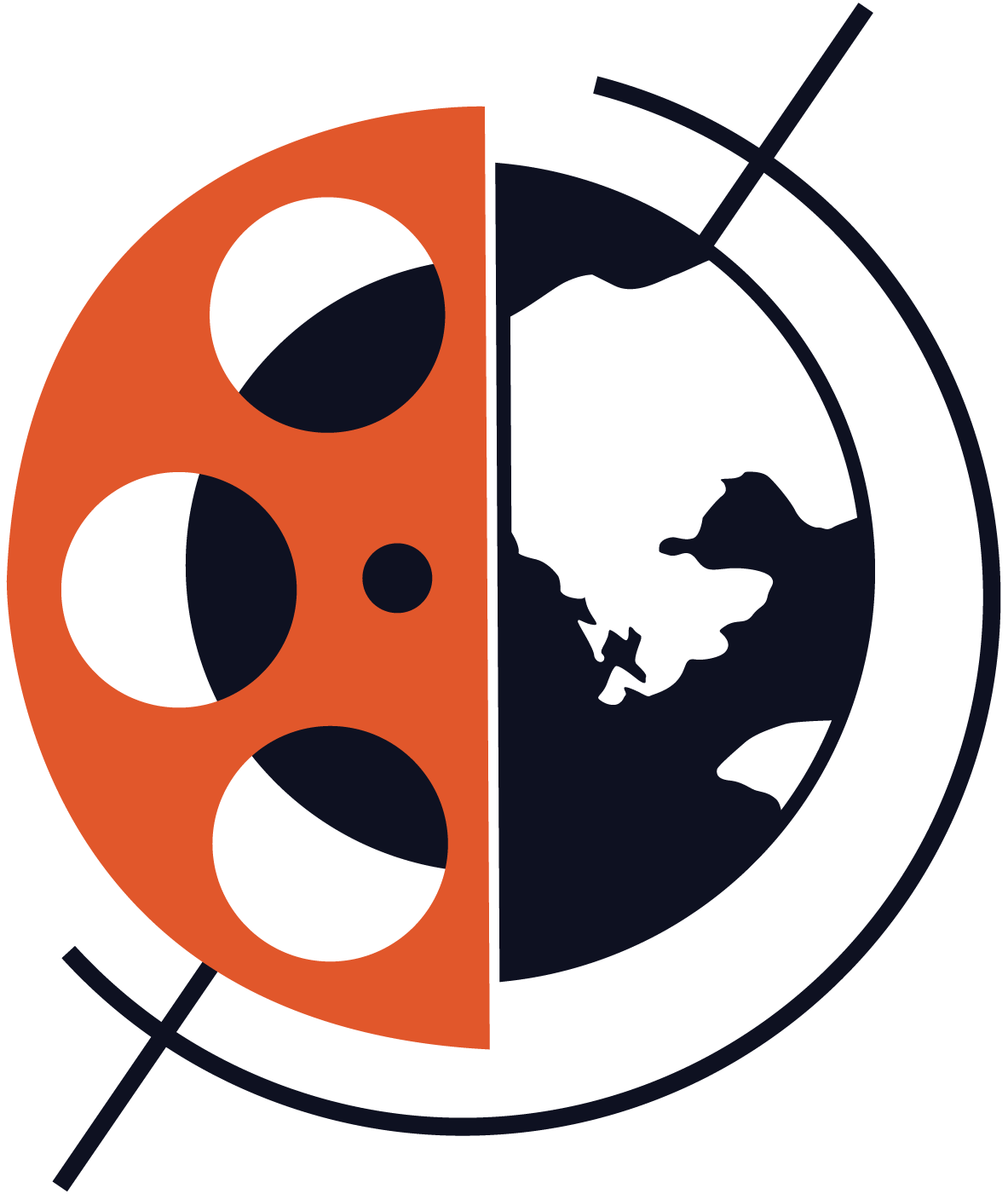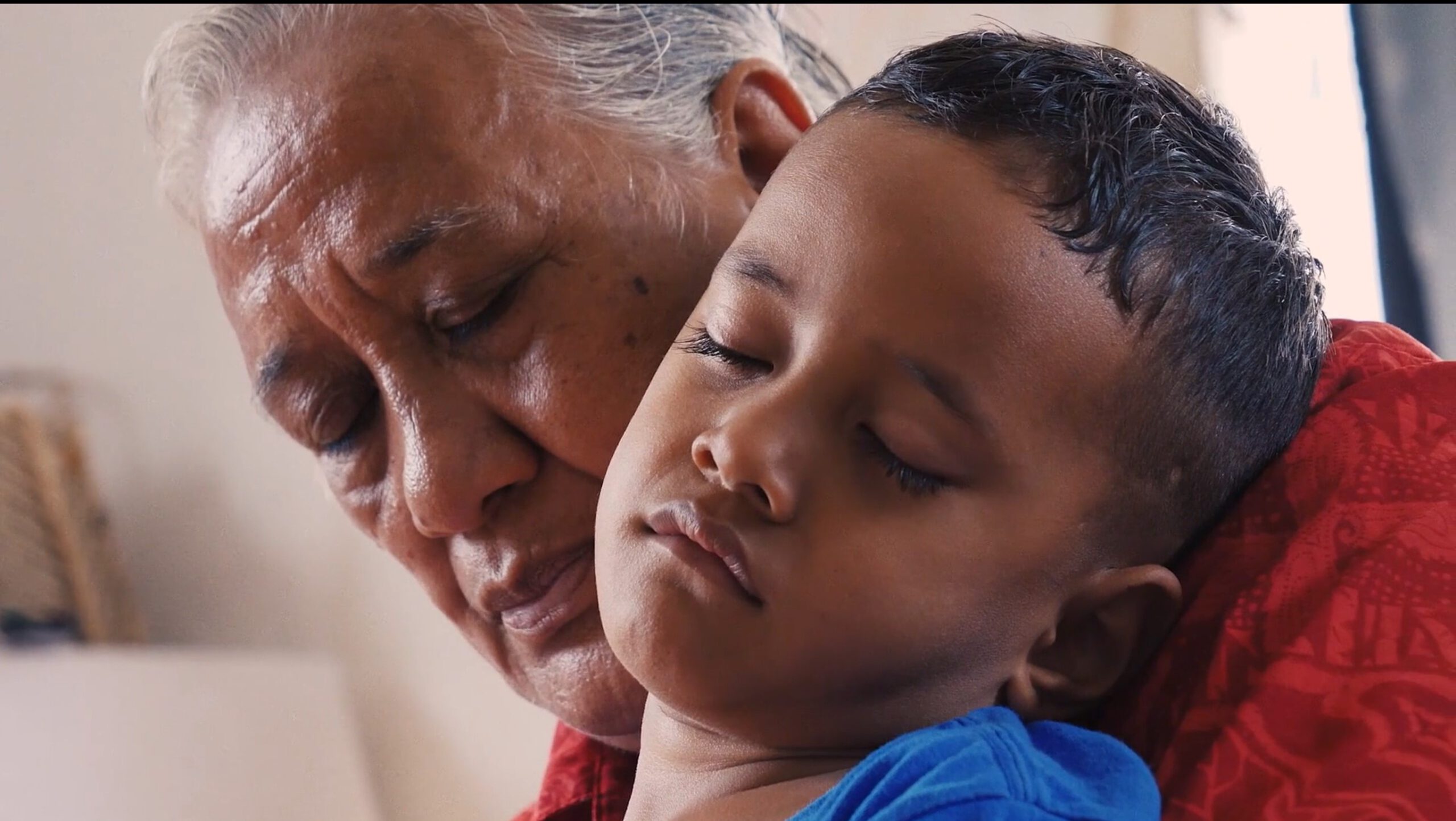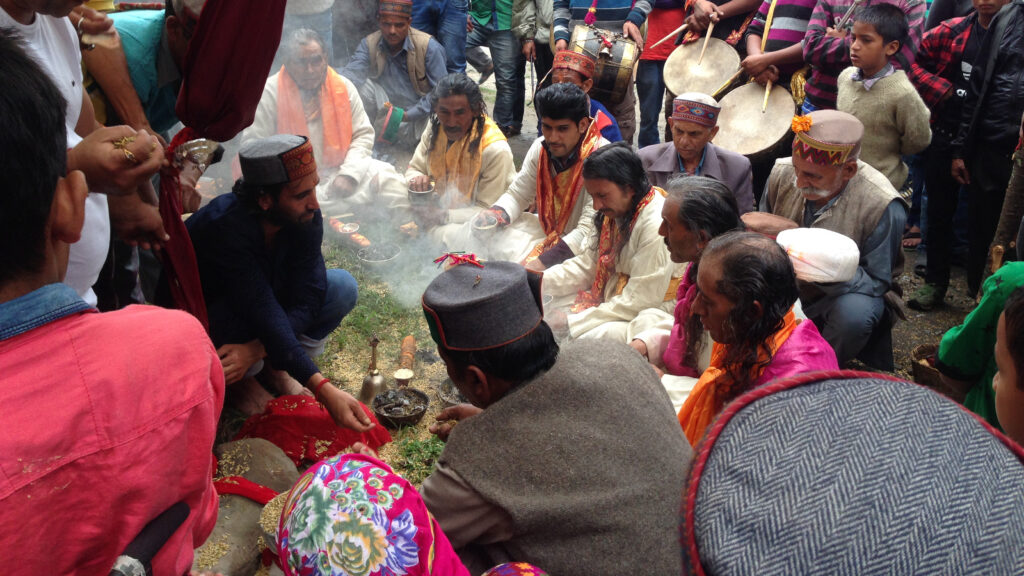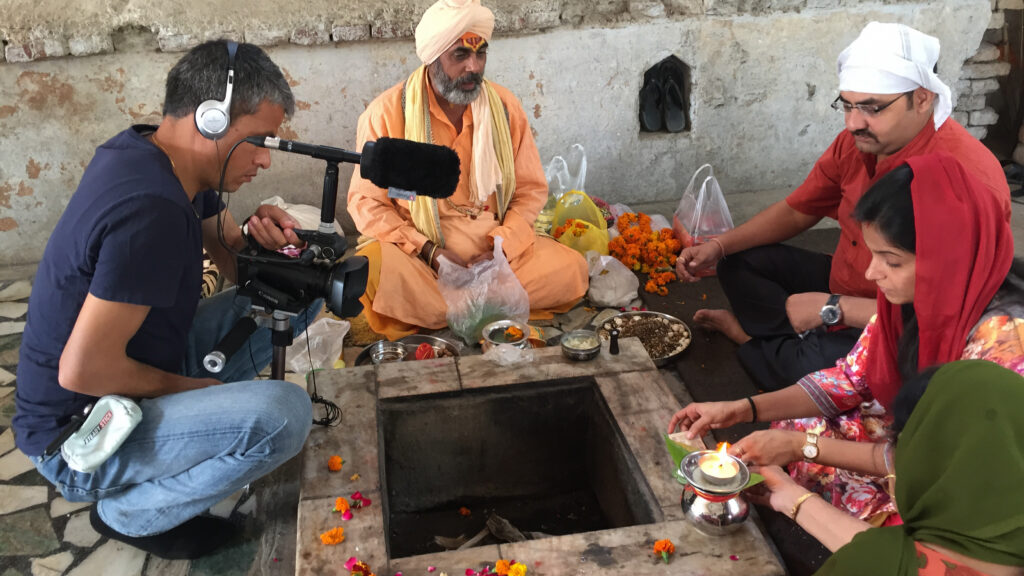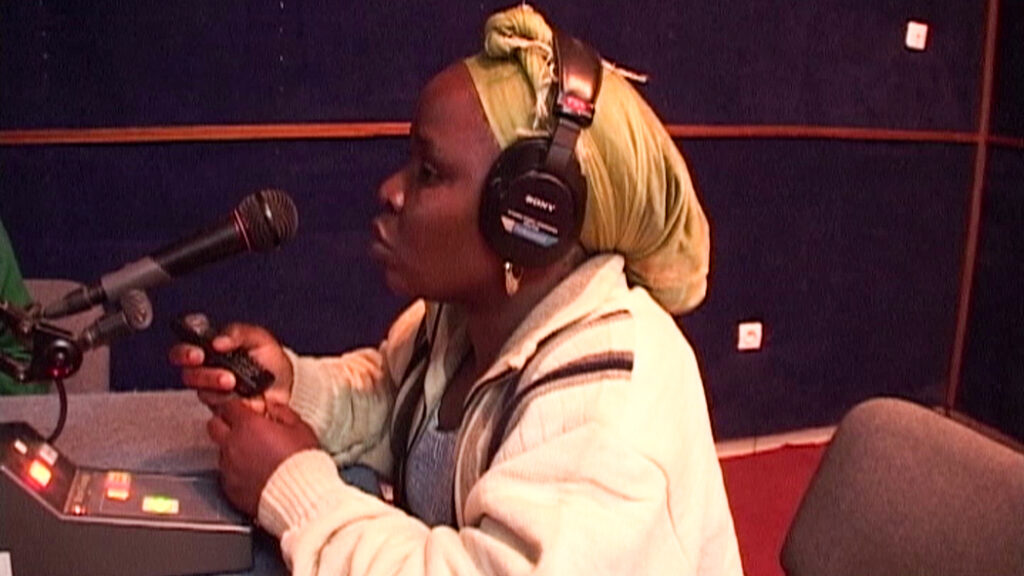My understanding of ethnographic film is the result of ten years teaching a visual anthropology module (in which exploring the ethnographicness of films was a popular essay question), guiding many students through the process of making their own- often very personal- ethnographic films and making ethnographic documentaries of my own, each of which emerged from long term involvement and deep interest in the subjects and wishes of those featured. A visual anthropological understanding informs my filmmaking but does not overdetermine it for many reasons. The main reason is that the intention, valued process of feedback and production and intended audience of the film often draws me away from a contribution contained within debates of what ‘ethnographic film’ is and should be.
For me the vernacular use of video in the place I film is really important to informing the purpose and the style of film. I always try to identify in conversation with others something vital to the philosophy or culture of a group that is present in the development of narrative or the edit of the ethnographic documentary. For me an ethnographic film should also have an ethnographic intention, a purpose that relates to issues and concerns current to the people in the film that goes beyond the intention to represent. To realise that intention may require drawing on and being inspired by other styles of documentary and fictional filmmaking, and creating something that connects to the values of different genres of filmmaking. While I am familiar with more prescriptive formula of ethnographic filmmaking that are firmly observational in their orientation, I find myself more drawn to creating documentaries where attention to the processes of feedback with multiple audiences is fundamental, as well as valuing expertise in post-production.
The questions we were drawn to answer on ethnographic film in our visual anthropology module, were related to how ethnographic film can redress the challenges of representation in written ethnography, the challenge and use of reflexivity in ethnographic film, and how and why ethnographic films can encourage ‘resonance’ in Wikan’s terms and how the production of ethnographic films constitute a form of exchange and gift giving. I have been inspired on the one hand by Jean Rouch’s idea of a shared anthropology and on the cinematographically creative and impact intention exemplified by Joshua Oppenheimer’s recent documentaries: The Act of Killing and the Look of Silence. Closer to Tonga, the documentary films, Tongan Ark and For My Father’s Kingdom, inspired me greatly to aspire to a documentary that would resonate with Tongan and non-Tongan audiences. The journeys of these Tongan focussed documentaries affirmed for me that film is just one part of our journey of shared purpose and concern with the people we work with, well captured in this quote by Carta:
‘Anthropological films invite us to enter into a flow of lived events through the movement of our own lives, just as filmmaking is an exercise that allows us to gain new insights into the lives of others. Every ethnographic film is a growth in awareness and a reflection upon experience. Through film our personal responses resonate with the experience of others, and this is what makes visual anthropological methods different from more traditional anthropology’. (Carta, S. 2014:453 )
Hockings, Paul ; Tomaselli, Keyang. ; Ruby, Jay ; Macdougall, David ; Williams, Drid ; Piette, Albert ; Schwarz, Maureent. ; Carta, Silvio. 2014. Where Is the Theory in Visual Anthropology? Visual Anthropology, Vol.27(5), p.436-456
